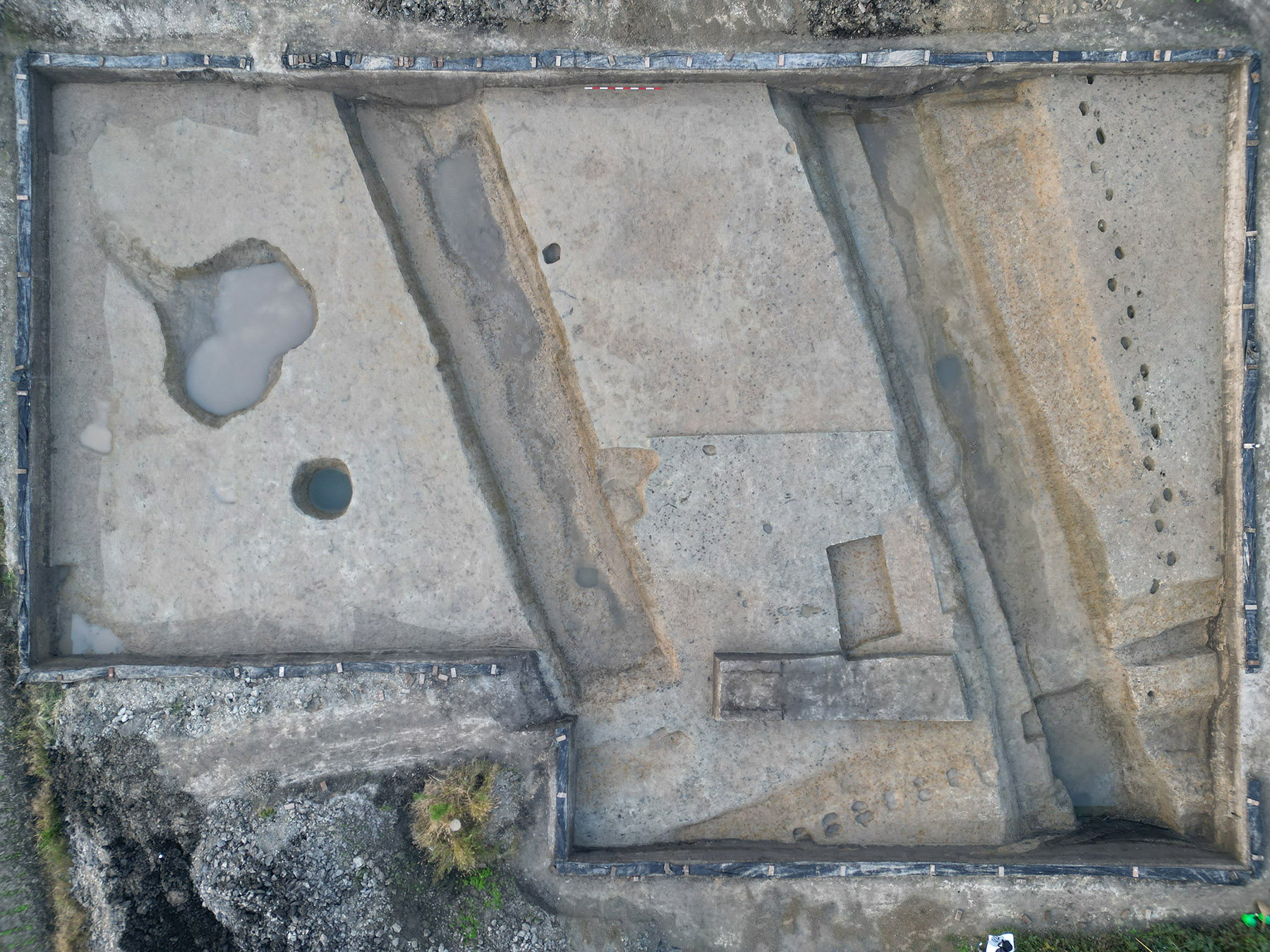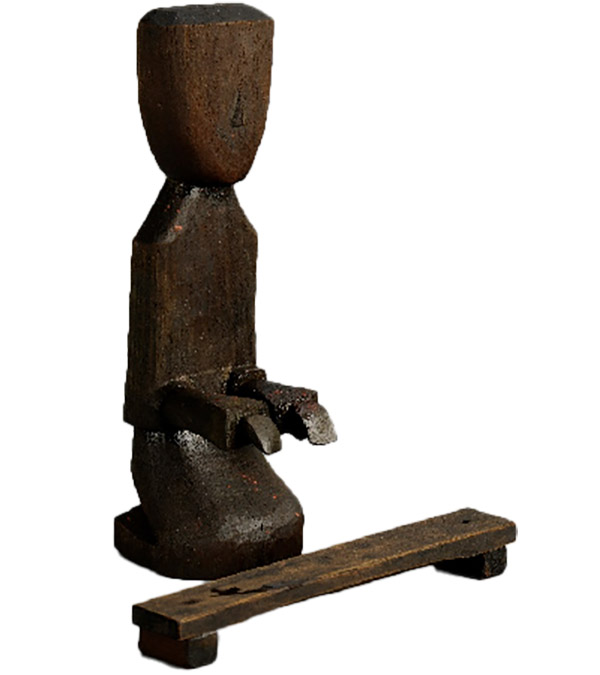
Individual grains may be small in size, but the story of salt reflects a grand picture of economics, politics, and national governance in China.
The famous debate held in the imperial court of the Western Han Dynasty (206 BC-AD 24) in 81 BC, Discourses on Salt and Iron, kept high officials and scholars arguing for months over economic policies, beginning with whether to maintain monopolies on producers of salt and iron.
Throughout Chinese history, a variety of key positions and facilities were set up around the country, particularly along the Grand Canal, to strictly supervise and manage production, transportation and sale of this crucial ingredient, which is closely tied to the lifeblood of the economy.
Archaeological work in Yancheng, Jiangsu province, is gradually yielding evidence of the long epic of salt. Yancheng itself means "city of salt "in Chinese, and the roots of the city's name lie beneath the ground.
READ MORE: Discoveries in Jiangsu shed light on life in canal-side sites
According to Chen Gang, a researcher with the Jiangsu Provincial Institute of Cultural Relics and Archaeology, which oversaw the recent excavations in Yancheng, a series of key findings concerning the ancient salt industry have been made in this coastal city between the Yellow Sea and the Grand Canal.
The ancient Chinese had a poetic term to describe the coastal salt industry, referring to it as "boiling the ocean".
As Chen said during a recent news conference at the National Cultural Heritage Administration in Beijing, archaeological findings at the Shajingtou site, which is located on a sandy ridge near the coast, include well-organized Western Han Dynasty roads, a dense network of water wells, large-scale drainage facilities, as well as the ruins of houses and other significant remains.
"Excavations have yielded a large number of roof tiles, bricks, and everyday pottery," Chen says. "Additionally, more than 10 Han Dynasty (206 BC-AD 220) architectural ruins and tombs have been discovered around the site."

It is believed that the area was the site of the county seat of Yandu, which is mentioned in the Book of Han, a history book of the Western Han compiled by Ban Gu in the 2nd century, as well as in other key historical documents. The architectural remains found at Shajingtou may have been official buildings belonging to the Yandu county government, which is listed in historical documents as a crucial salt-producing hub. Chen says that the new findings offer physical evidence of the significance of salt in Western Han Dynasty society.
Separately, at the Miaohang site in Yancheng, archaeological discoveries include relics related to the Tang Dynasty (618-907) salt production facilities, such as water storage tanks, drying fields, and brine processing areas, confirming that the site was a salt-making settlement. The large concentration of strip-shaped pits suggests that salt-making was likely strictly supervised by the government through official workshops.
The salt-processing hub later gradually fell out of use and became a regular village as the coastline moved eastward due to the silting up of estuaries.
The site at Houbeituan shows evidence of salt production in the form of salt stoves and brine pits from the Southern Song Dynasty (1127-1279) to the Ming (1368-1644) and Qing (1644-1911) dynasties, indicating a period of salt-making that lasted for centuries.
"Archaeological surveys since 2021 have identified over 100 sites in Yancheng that reflect various aspects of salt production and transportation," Chen adds. "This has laid a foundation for the reconstruction of the historical salt production system during different periods. The discoveries provide valuable insight into the management of the coastal salt industry by the central government since the Western Han Dynasty period."
"The salt industry was a pillar of revenue in ancient dynasties," Qin Dashu, an archaeology professor at Peking University, says. "Continuous study of the sites in Yancheng could complete our knowledge of the industrial chain."
ALSO READ: Bridging the gap between now and then
Lin Liugen, an archaeology professor at Zhejiang University, believes that the findings present an example for the future study of historical salt industry facilities and technology.
He expects that follow-up studies of the sites will provide information about ancient societies from a variety of angles. For example, the large number of ordinary tombs around the sites may belong to salt laborers.
"Their job was really tough, and they moved around quite often," Lin says. "Deeper research into the tombs could lead to a better understanding of this process of migration, and acknowledge their contribution."
Wang Ru contributed to this story.


